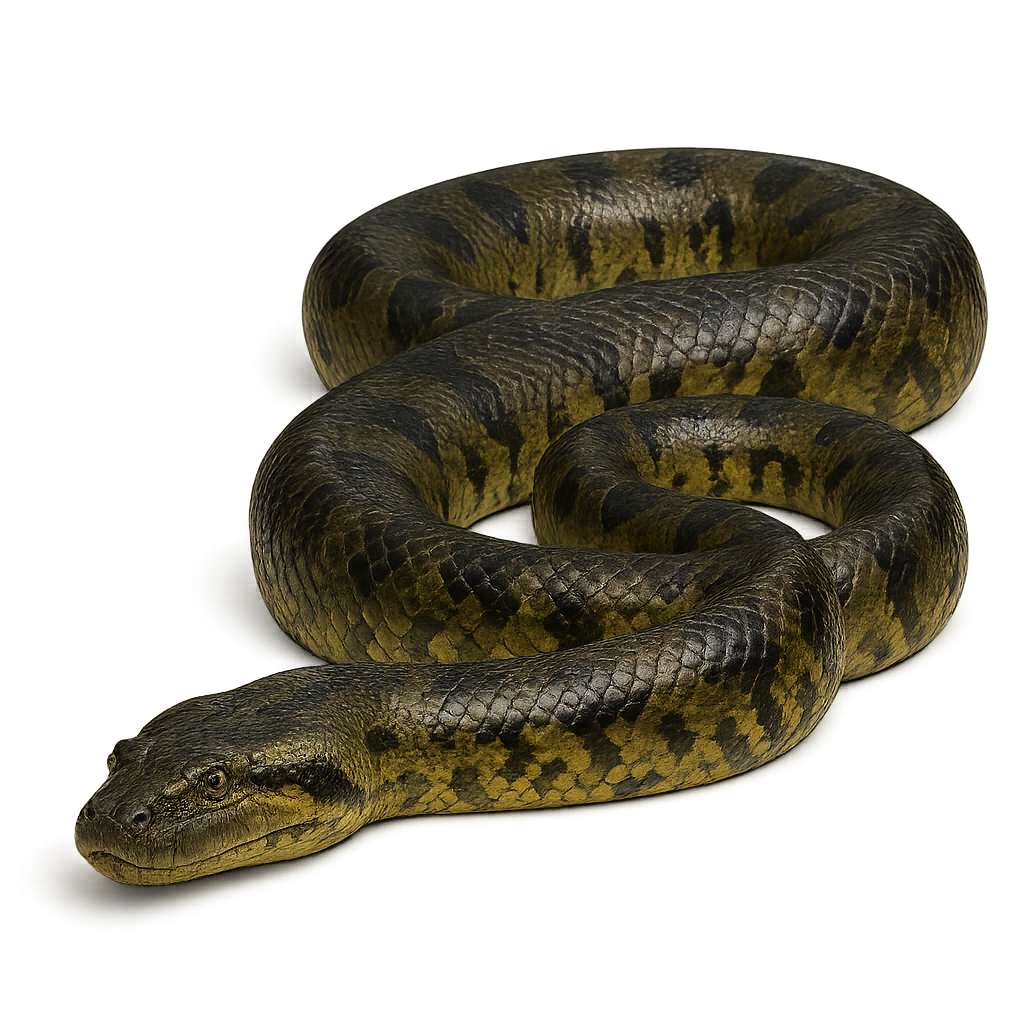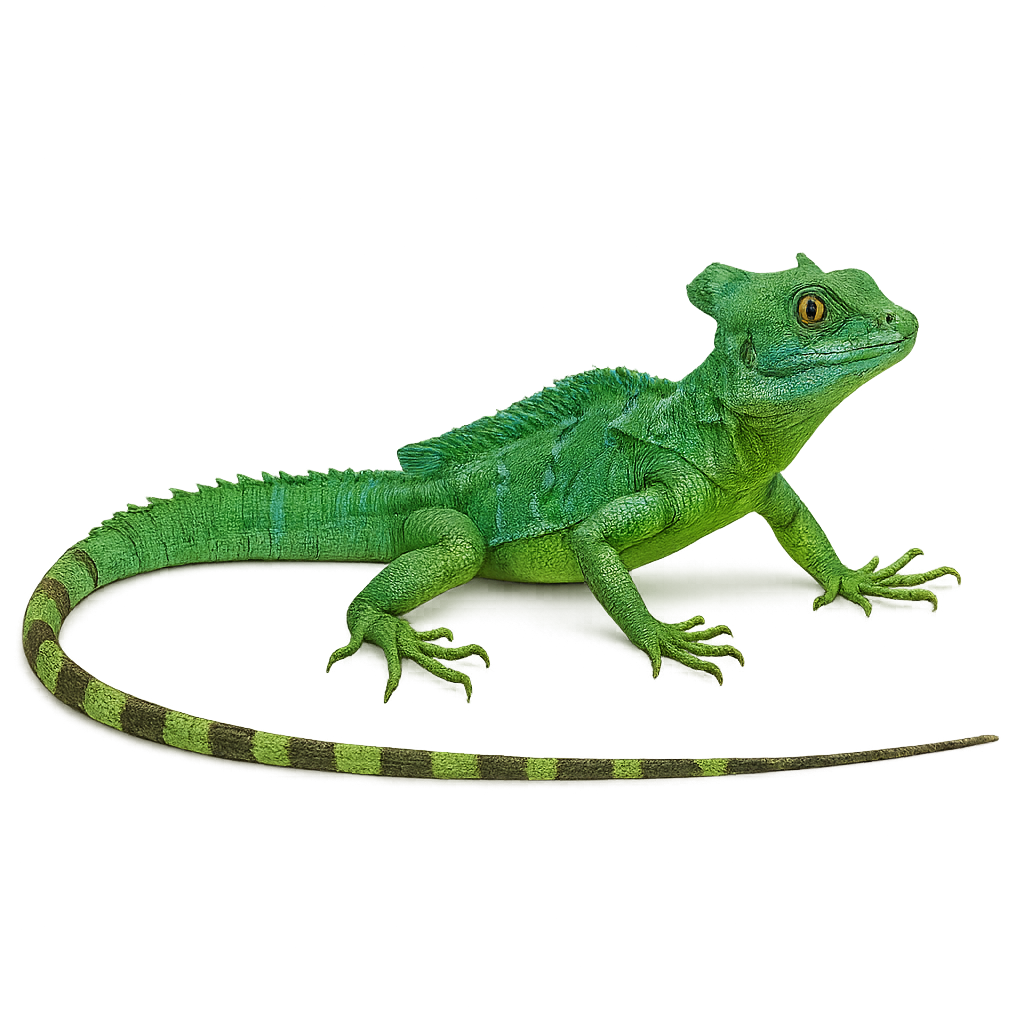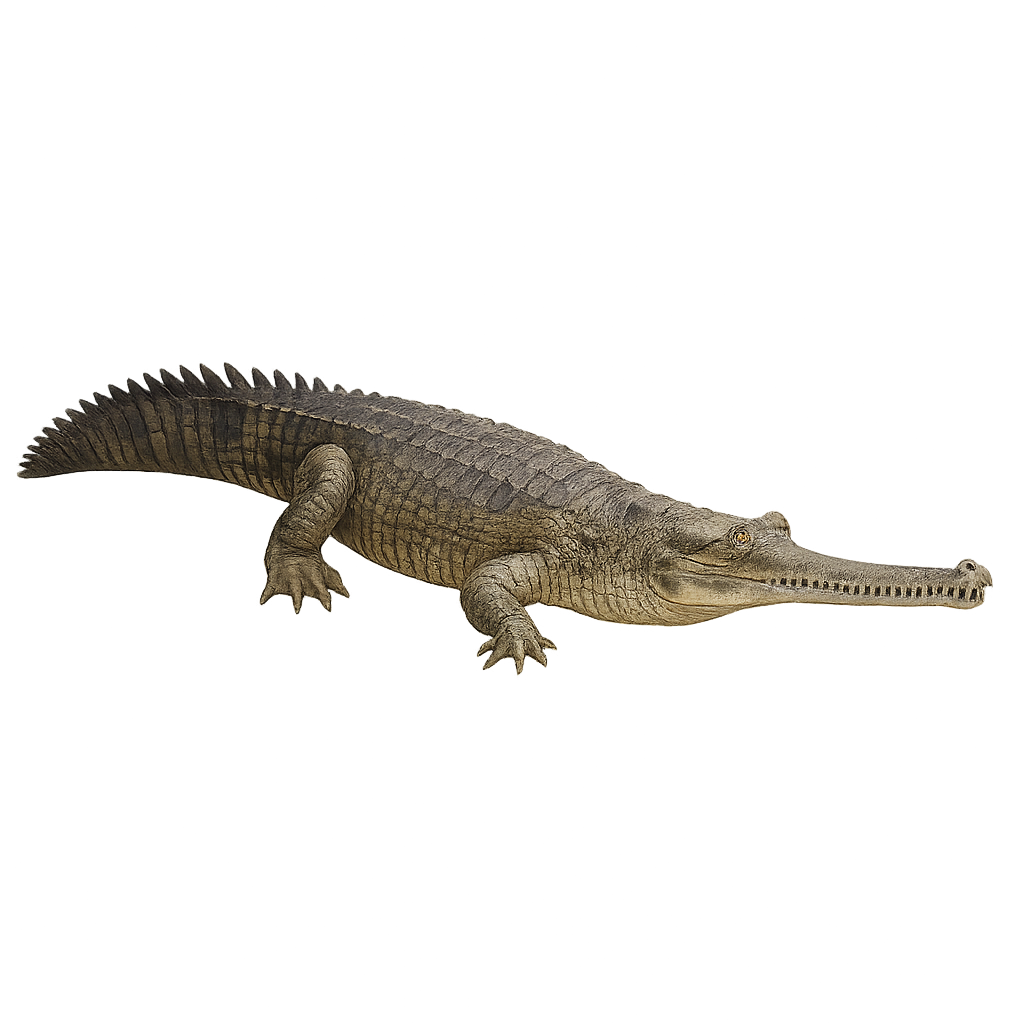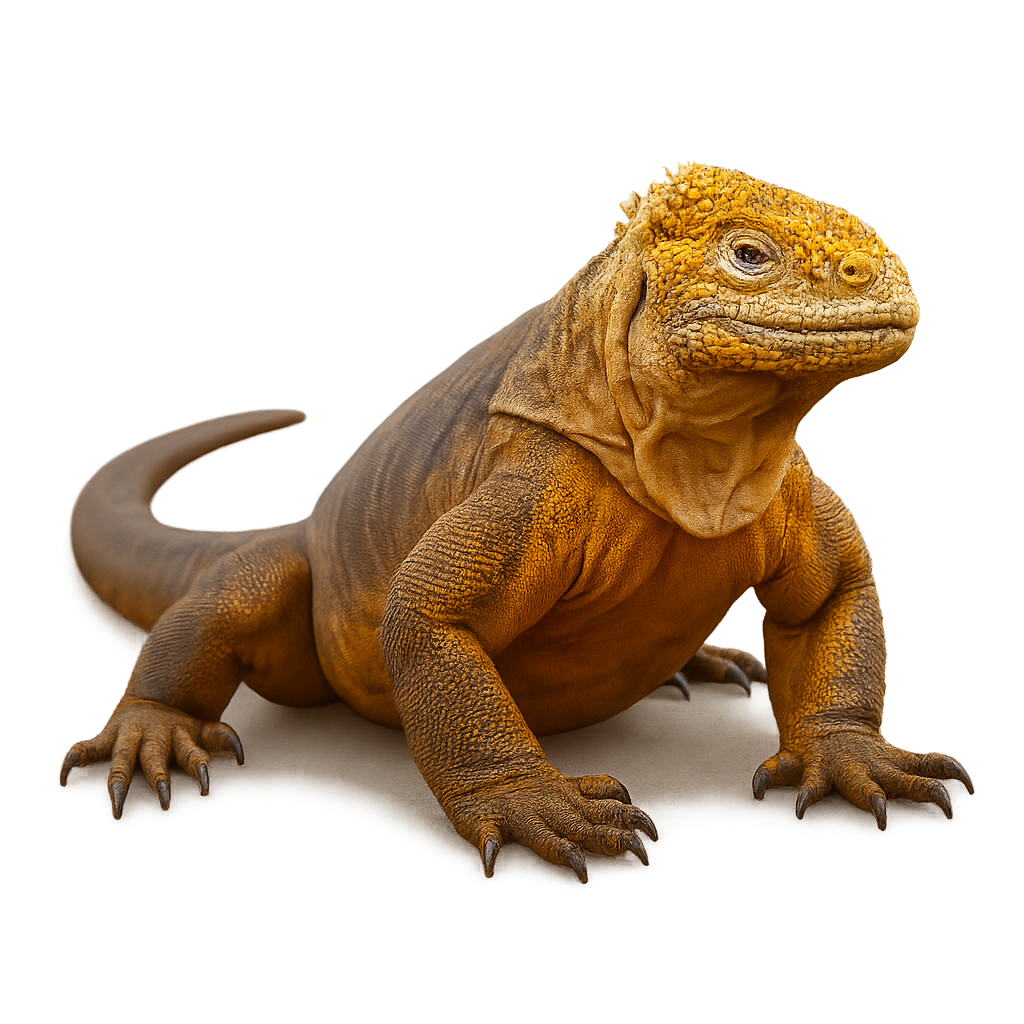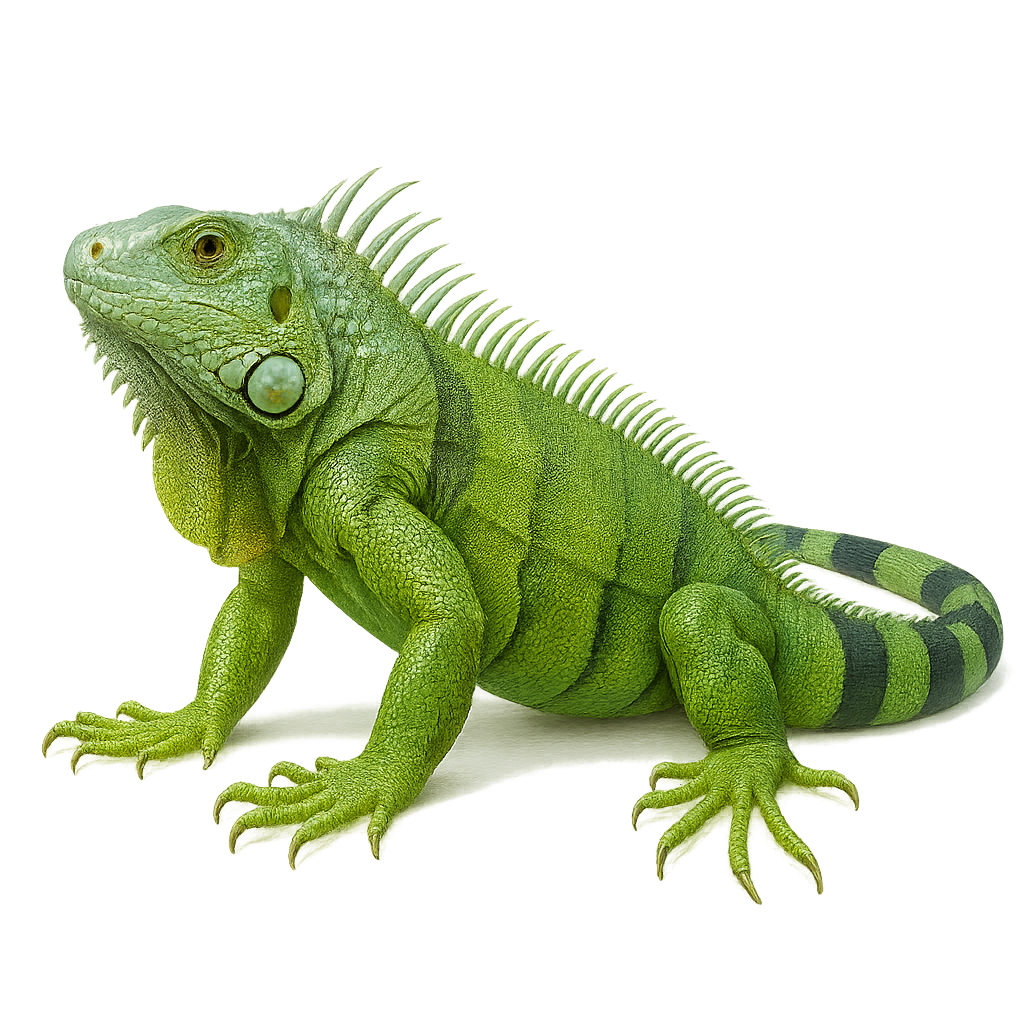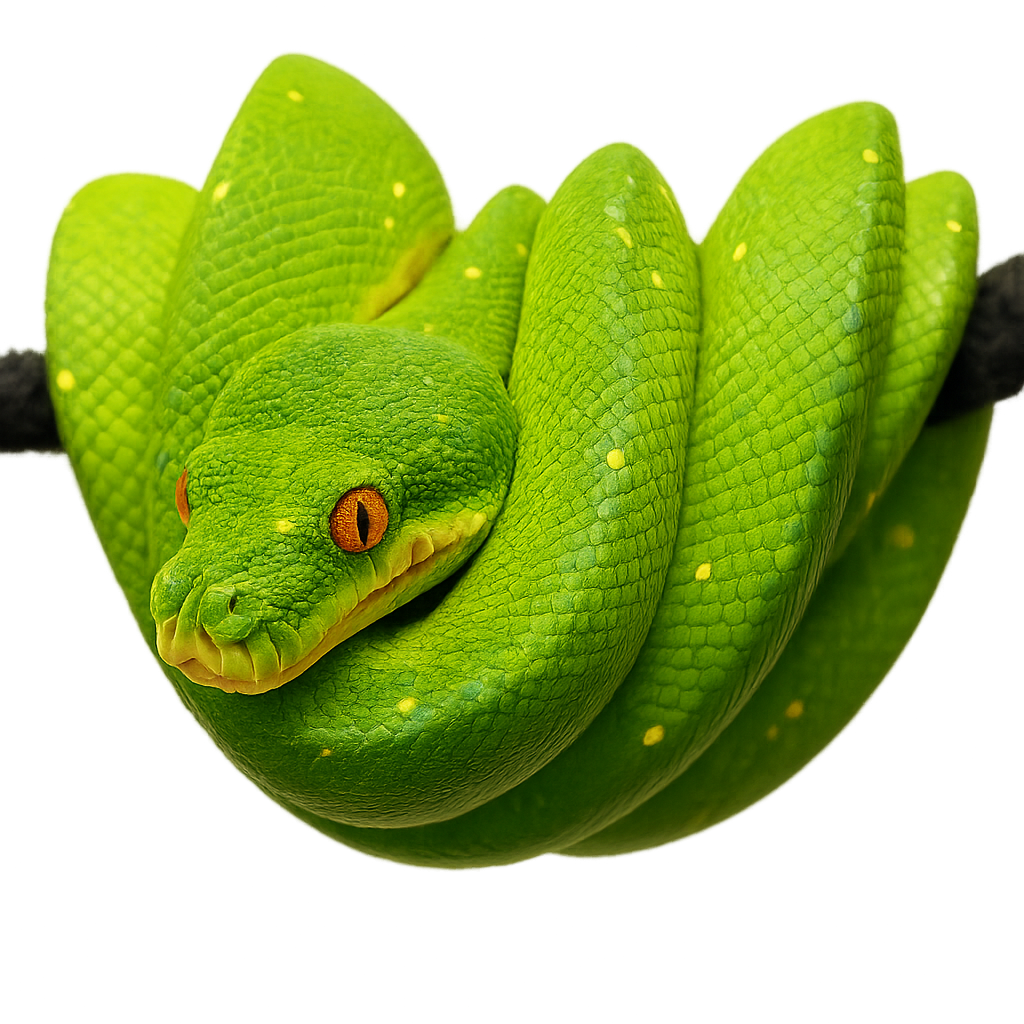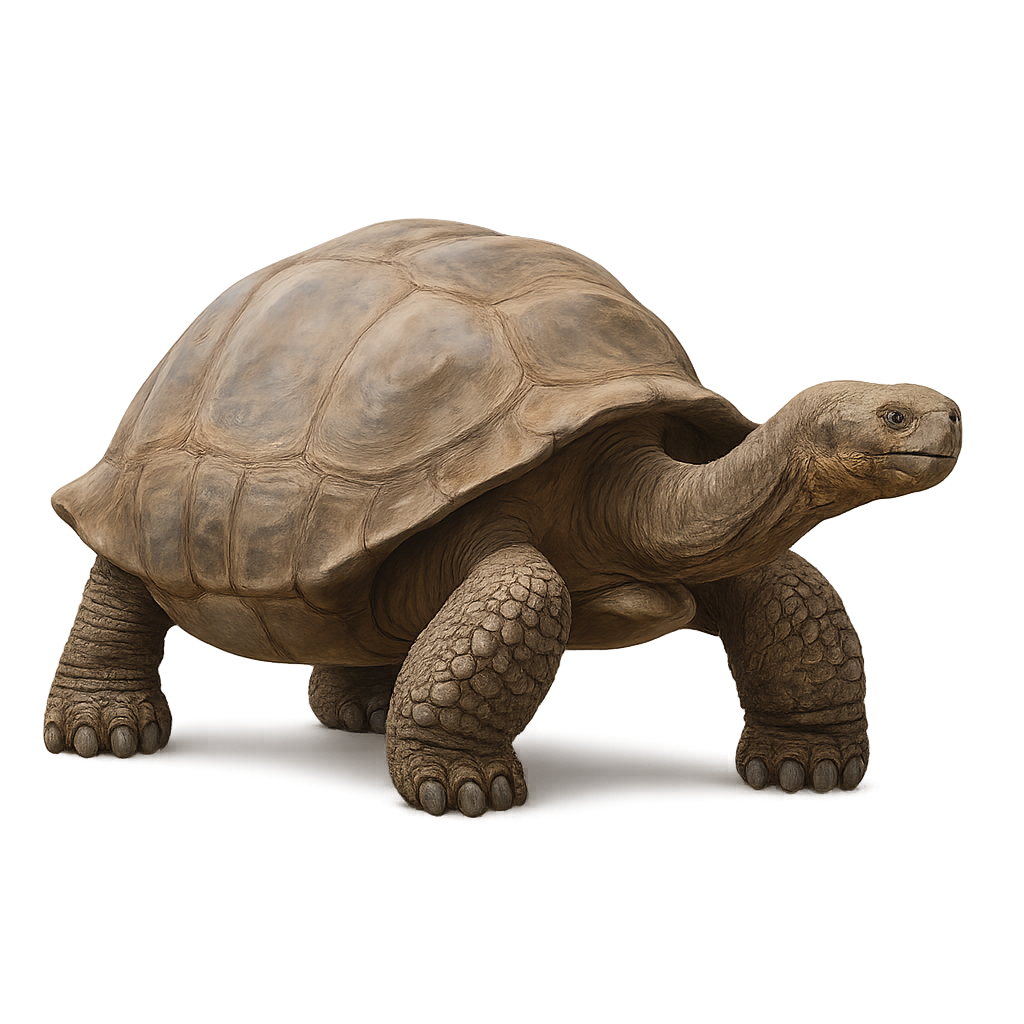Animal Species Profiles:
Mammals, Birds, Reptiles & More
Explore wildlife from around the world with the species profiles on WildlifePhotographer. Mammals, birds, reptiles… For each species, you’ll find key information such as habitat, observation periods, distribution, and photography tips. Want more details and advanced features? Download the full app for the complete experience.
Green anaconda
Eunectes murinus
The Green Anaconda is one of the largest and most powerful snakes in the world, known for its impressive size, which can exceed 8 meters in length. This semi-aquatic snake lives in the rivers and swamps of the tropical forests of South America, where it preys on animals as large as caimans, deer, and fish. With its muscular body and constriction technique, the Anaconda can immobilize and swallow prey much larger than itself. It spends most of its time in the water, where it moves with remarkable agility.
Although often feared, the Green Anaconda is a discreet predator, preferring to camouflage itself in dense vegetation while waiting for prey.
Green crested basilisk
Basiliscus plumifrons
The Green Crested Basilisk is an impressive species native to the tropical forests of Central America. This lizard is famous for the distinctive crest on its head and back, as well as for its ability to run on water, earning it the nickname 'Jesus Christ lizard.' It uses this ability to escape predators by running at high speed across shallow water surfaces. Primarily arboreal, it spends much of its life in trees and bushes, where it feeds on small insects, fruits, and flowers. This lizard is also known for its bright green color and distinctive patterns.
Ganges gavial
Gavialis gangeticus
The Ganges gavial is a distinctive crocodilian, easily recognized by its long, narrow snout that allows it to capture fish in the rivers of the Indian subcontinent. This aquatic reptile is primarily found in the rivers of the Ganges and its tributaries in India and Nepal. The Ganges gavial is an excellent swimmer and feeds almost exclusively on fish, which it captures using its long, slender snout like a pincer. Although relatively calm, it is listed as endangered due to habitat loss and river pollution. It is currently protected by conservation programs.
Galápagos land iguana
Conolophus subcristatus
Native to the Galápagos Islands, the Galápagos land iguana is a unique species of iguana known for its large size and varying color from yellow to red. It primarily feeds on cactus, flowers, and succulents. The Galápagos land iguana is well adapted to its arid environment and is often seen basking in the sun. While relatively peaceful, this species is threatened by introduced predators and habitat loss.
Green iguana
Iguana iguana
The Green Iguana is a large herbivorous reptile, easily recognizable by its long and sturdy body, as well as its bright green coloration. It measures between 1.5 and 2 meters in length, including its tail, and can weigh between 4 and 5 kg. Its body is covered with large scales and plates, and it has a crest running down its back. Its vibrant green color, especially in young individuals, becomes duller with age. The Green Iguana primarily inhabits tropical forests, mangroves, and wooded areas in Central and South America, as well as parts of the Caribbean. This reptile is primarily herbivorous, feeding on leaves, fruits, flowers, and sometimes young shoots. The Green Iguana is an excellent climber and spends much of its time in trees or resting on branches. While it is a widespread species, it is threatened by deforestation, illegal collection for the wildlife trade, and habitat loss.
Green tree python
Morelia viridis
The green tree python is an arboreal snake native to the rainforests of New Guinea and northern Australia. It is easily recognized by its vibrant green color, which helps it blend into the foliage. This python primarily feeds on small mammals, birds, and reptiles, which it captures through ambush. Although non-venomous, it kills its prey by constriction. It is a species that can be very shy, often hiding in trees and foliage.
Galápagos tortoise
Chelonoidis nigra
The Galápagos tortoise is an iconic species of the Galápagos Islands, famous for its massive size, reaching sometimes more than 1.5 meters in length. These tortoises primarily live on the volcanic islands of the archipelago, feeding on vegetation, cactus, and fallen fruits. It is a solitary species that can live for over 100 years. While not immediately endangered, it remains threatened by the introduction of non-native species and the destruction of its natural habitat.
Greek tortoise
Testudo graeca
The Greek tortoise is a terrestrial species of tortoise native to the Mediterranean regions, particularly Greece, Turkey, and neighboring countries. It is easily recognized by its light brown to yellow shell, often marked with black patterns. The Greek tortoise is herbivorous, feeding primarily on plants, flowers, and vegetables. It lives in dry habitats such as rocky hills and meadows, and is well adapted to a hot and dry climate. This reptile is slow and discreet, spending much of its life hidden under bushes or rocks.
Green sea turtle
Chelonia mydas
The Green Sea Turtle is a large marine turtle found primarily in the warm and tropical waters worldwide, notably in the Caribbean, Pacific, Indian Ocean, and along the coasts of many tropical islands. It can reach a length of 1 to 1.5 meters and weigh between 150 and 200 kg, although some individuals can be even heavier. Its name comes from the green color of its body fat. The Green Sea Turtle primarily feeds on seagrasses and aquatic plants, which distinguishes it from other carnivorous sea turtles. It is also an excellent swimmer and can travel long distances between its breeding sites and feeding grounds. While its population has declined due to habitat loss, poaching, and ocean pollution, it benefits from numerous conservation efforts and is protected in many countries.


